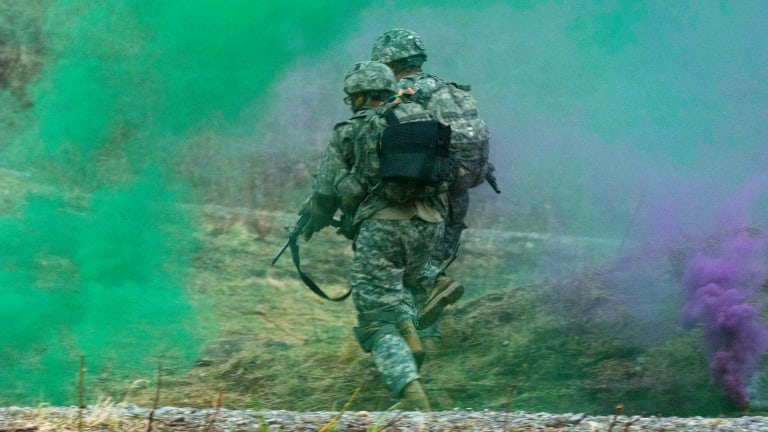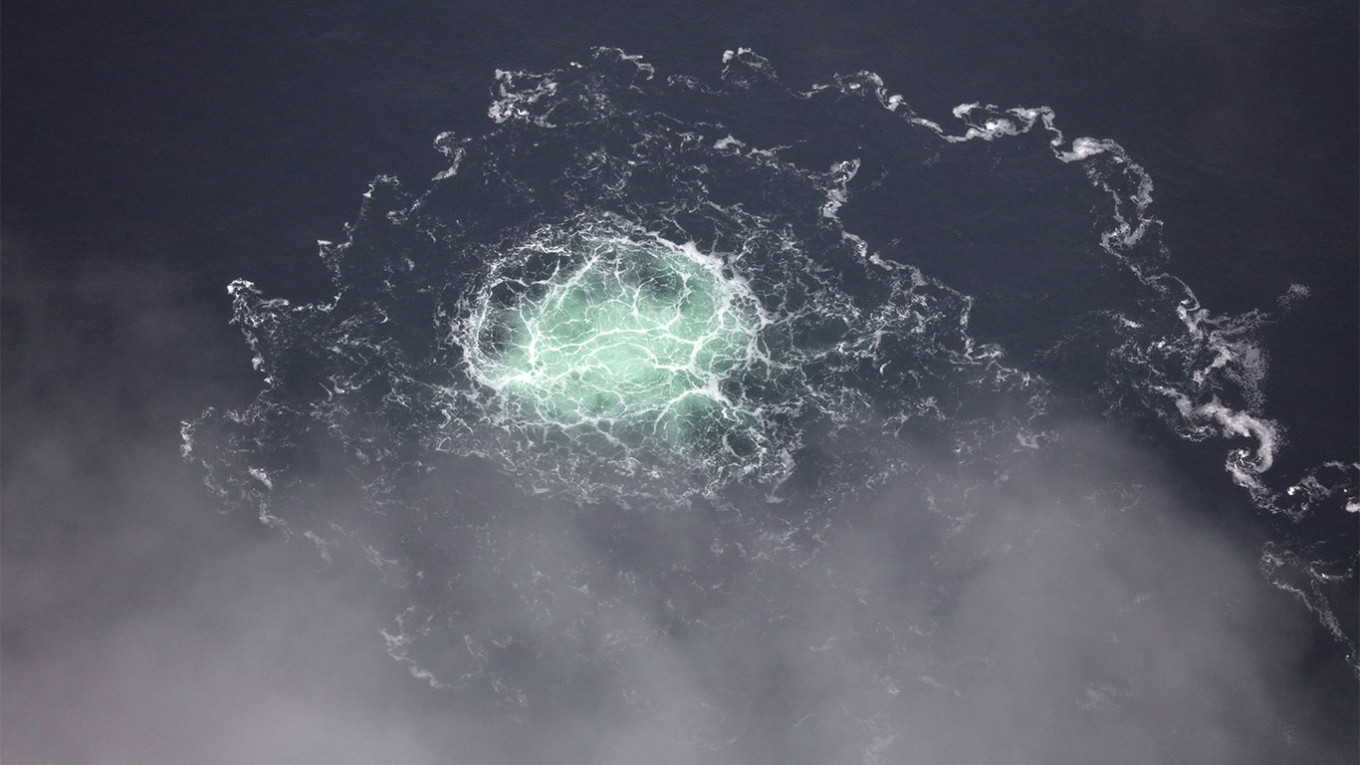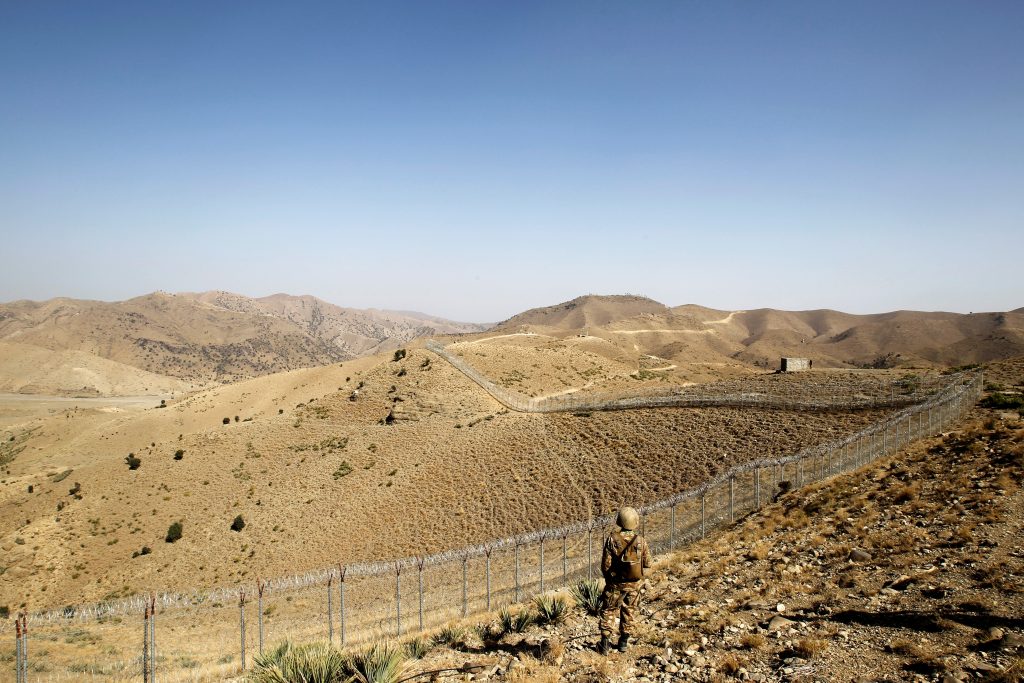John McLaughlin
:quality(100)/cloudfront-us-east-1.images.arcpublishing.com/thesummit/VASLURTLT5AF3HOUDOUHU66AHU.jpg)
In October 1989, I was in what was then West Germany. It was one month before the Berlin Wall was breached — a stunning moment that would lead in short order to the collapse of communist East Germany and the reunification of the German state less than a year later. In hindsight, the discussions I had in West Germany that fall were almost as remarkable as the globe-changing events that followed; every German leader I met with then — to a person — insisted that Germany would not and could not be reunited in their lifetimes.
I was there with then-CIA Director William Webster, meeting with senior intelligence and government officials to better understand the changes sweeping across the Soviet satellite countries of Eastern Europe. These people simply could not conceive of a reunified German state and an effective end to the Cold War, nor could they envision the path that might take them there. Never mind that CIA analysts were telling me that the “German Question” — a phrase implying reunification — was back on the table.

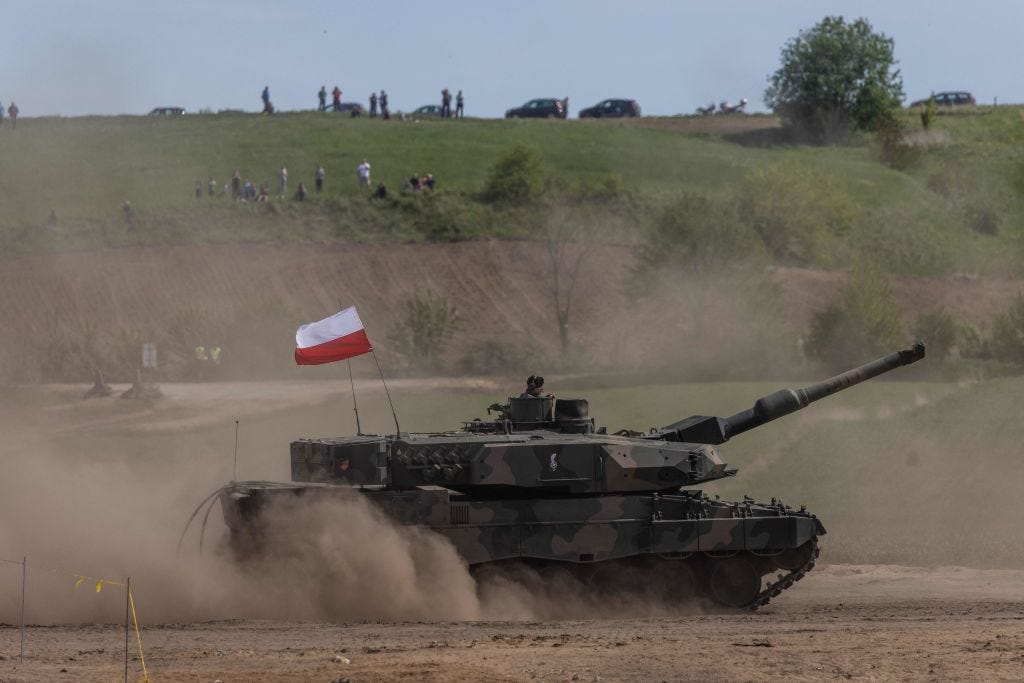


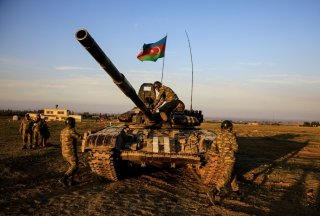


:quality(70)/cloudfront-us-east-1.images.arcpublishing.com/archetype/S2I3G3XDTJEMVKCL2OQDPG4DFU.jpg)


:quality(100)/cloudfront-us-east-1.images.arcpublishing.com/thesummit/UIUEHX2NFBD5JGHC5J3XKNJ6VM.jpg)
